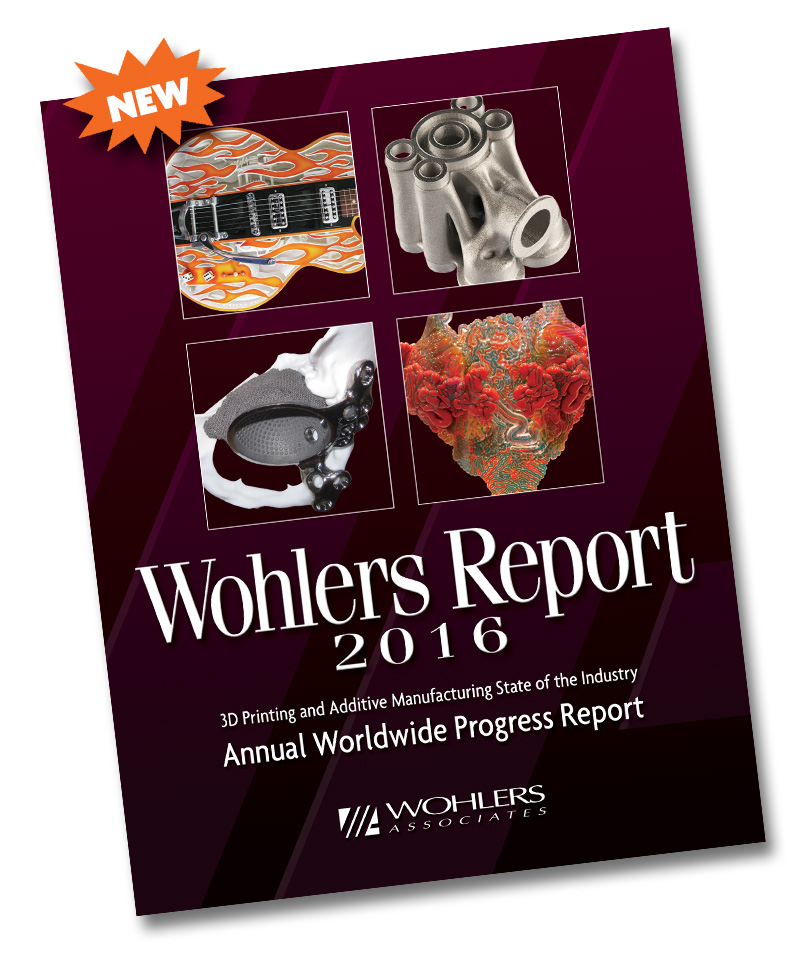
Longtime additive Manufacturing consultant Terry Wohlers issued his latest annual report on the state of the industry.
Each year Wohlers produces a very lengthy and detailed report on the state of 3D printing / additive manufacturing and this year’s report provides a couple of very telling statistics.
First, the report indicates that the value of the entire 3D printing / additive manufacturing space in 2015 was worth USD$5.1B. That’s an enormous amount of money, and the largest value assigned to this industry since inception some thirty years ago.
Most interestingly, this value is calculated by Wohlers as representing a 33.8% compound annual growth rate over the past three years. Over the past 27 years, Wohlers reports the CAGR as a solid 25.9%. Those are very healthy growth rates for any set of companies, particularly one this large.
It is a very positive indication, quite different from the doom and gloom reports from financial investors who have attempted to profit on 3D printing in the last few years by speculating on stock prices. Many of them have lost substantial fortunes as the stock prices rose – and then catastrophically fell.
I’ve viewed those stock prices as being artificially driven to heights by the public being swept up – either in the initial craze or the subsequent doom, and less based on actual activity in the sector. Here, Wohlers clearly shows that as a whole, 3D printing / additive manufacturing continues to drive forward, year after year. That’s the actual truth of the situation, regardless of what individual investors try to do with fluctuating stock prices.
The other interesting stat from the Wohlers report says that in 2015, some 278,000 desktop 3D printers (as defined as units priced at less than USD$5,000) were sold.
This is an important figure because it puts all sales into perspective. If a desktop 3D printer company says it “doubled sales”, but sold only 1,000 units, it’s hardly a blip on the entire market. On the other hand, if a company sold 50,000 units, that is a very substantial portion of the market. In fact, this figure tells us that sales in the tens of thousands of units range is probably extremely successful.
MakerBot recently announced that it had sold, since inception seven years ago, one hundred thousand units, or several tens of thousands per year. The Wohlers total unit sales number now puts that into perspective.
But it also says that the sales are dramatically less than what was anticipated only a couple of years ago, when some were suggesting annual sales of millions of desktop 3D printers to the consumer public.
That didn’t happen, for reasons we’ve explained previously. But that doesn’t mean it won’t happen in the future when some ingenious folks figure out a consumer application that sticks.

